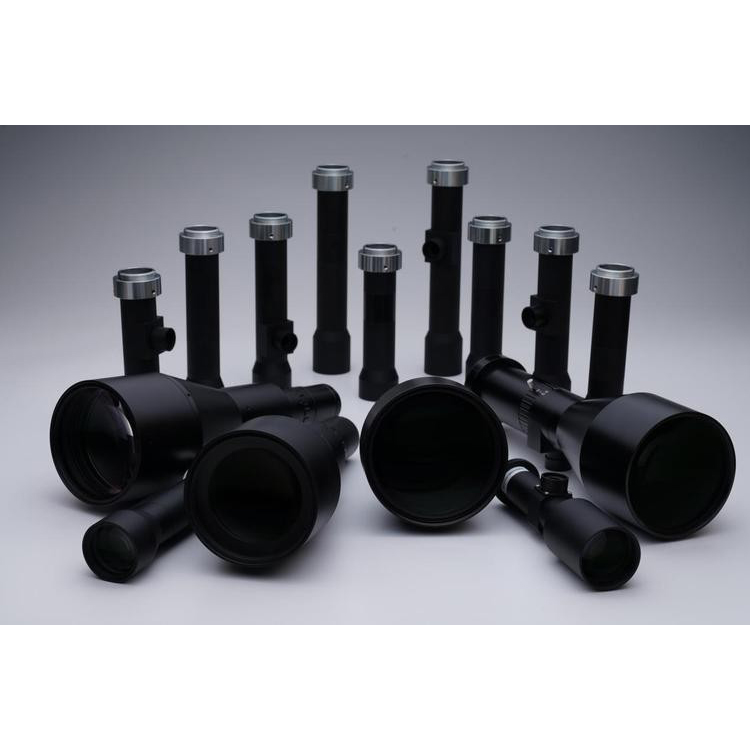How do you set up a telecentric lens?
2024-12-12
Setting up a telecentric lens requires careful attention to detail to ensure proper alignment and optimal performance. Telecentric lenses are used in precision imaging applications, such as machine vision, metrology, and optical inspection, where minimizing perspective distortion and ensuring uniform magnification are critical.

Steps to Set Up a Telecentric Lens
1. Understand the Components:
- Telecentric Lens: Choose the appropriate telecentric lens for your application (object-space or bi-telecentric).
- Camera and Sensor: Ensure the sensor size matches the lens's image circle to avoid vignetting.
- Lighting: Use appropriate lighting to maximize contrast and minimize shadows.
2. Mount the Lens:
- Securely attach the telecentric lens to the camera using a proper lens mount (e.g., C-mount, F-mount).
- Ensure the lens is firmly seated and aligned with the camera sensor.
3. Align the Camera and Lens:
- Position the camera-lens assembly perpendicular to the object plane to maintain telecentricity.
- Use a stable mounting system to avoid misalignment or vibrations during operation.
4. Set the Working Distance:
- Telecentric lenses have a fixed working distance for optimal performance, typically specified in the lens datasheet.
- Position the object at the recommended working distance. Use precise measuring tools for accuracy.
5. Adjust Aperture (if applicable):
- Some telecentric lenses have an adjustable aperture. Close the aperture to improve depth of field and contrast, but avoid making it too small to prevent diffraction.
6. Focus the Lens:
- If the telecentric lens has a focus adjustment, fine-tune it to achieve the sharpest image of the object at the correct working distance.
7. Test Magnification:
- Verify that the magnification remains constant across the field of view. This is a hallmark of telecentric lenses.
- Use a calibration target or test object with known dimensions to confirm accuracy.
8. Optimize Lighting:
- Use diffuse, collimated, or coaxial lighting to reduce shadows and ensure even illumination.
- Ensure the light source is aligned with the optical axis to avoid reflections and hotspots.
9. Inspect and Fine-Tune:
- Capture test images to evaluate the uniformity, sharpness, and distortion of the system.
- Adjust alignment, working distance, or lighting as needed to achieve optimal results.
10. Calibrate the System (if required):
- For metrology or measurement applications, calibrate the system using a calibration grid or a precision stage.
- Software tools can help correct any residual distortion or misalignment.
Troubleshooting Tips
- Blurry Images: Check focus and ensure the object is at the correct working distance.
- Uneven Illumination: Adjust or reposition the lighting source.
- Distorted Images: Ensure the camera-lens assembly is perpendicular to the object plane.
- Magnification Variation: Verify the lens's working distance and alignment.
By following these steps, you can successfully set up a telecentric lens for your precision imaging needs.


